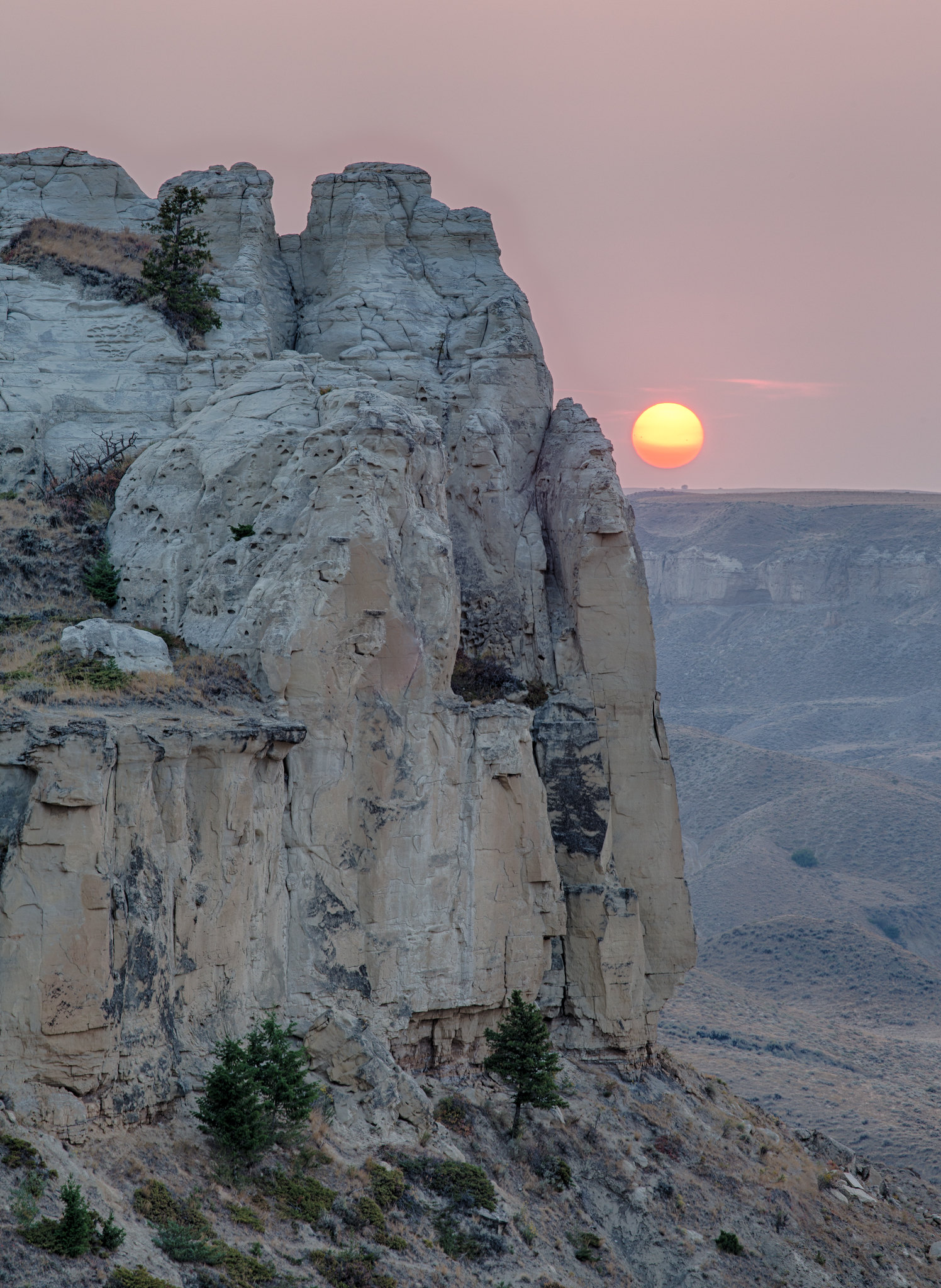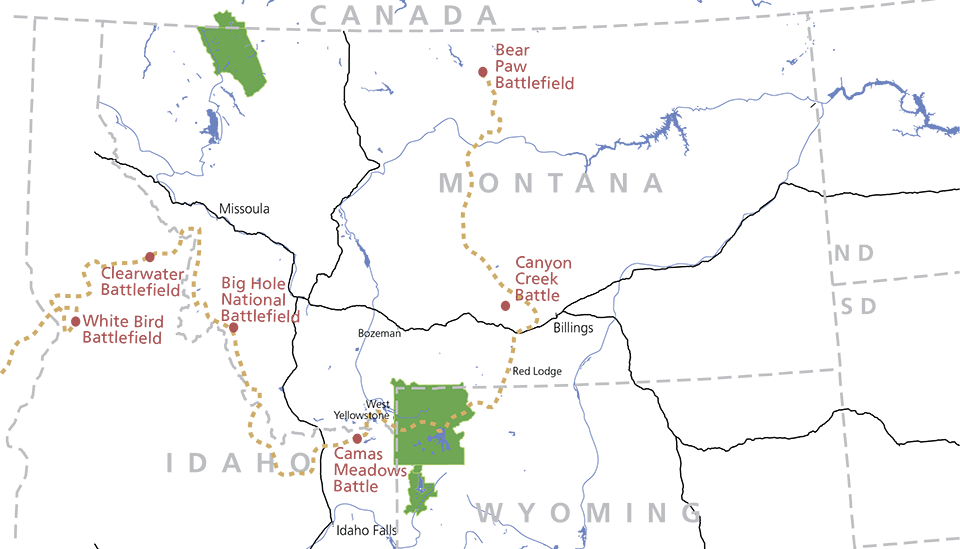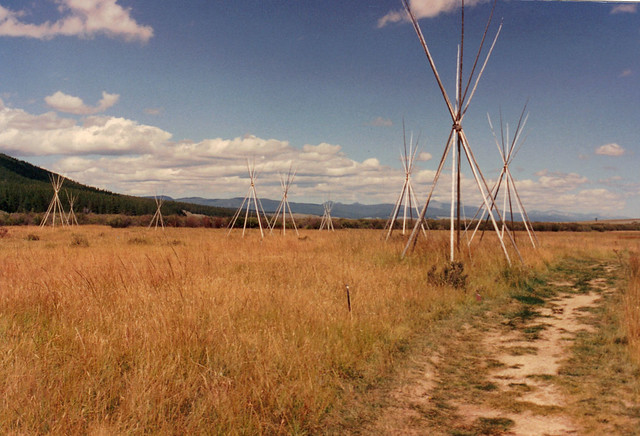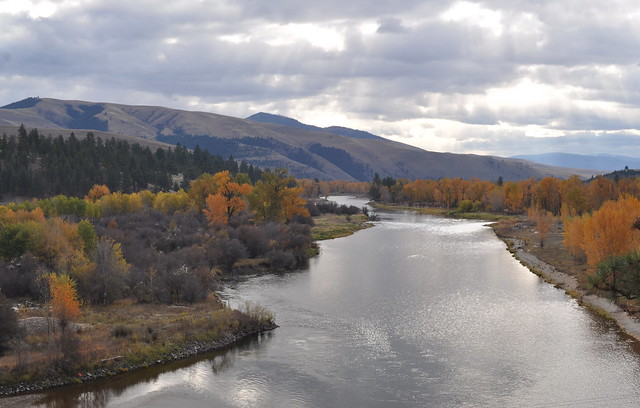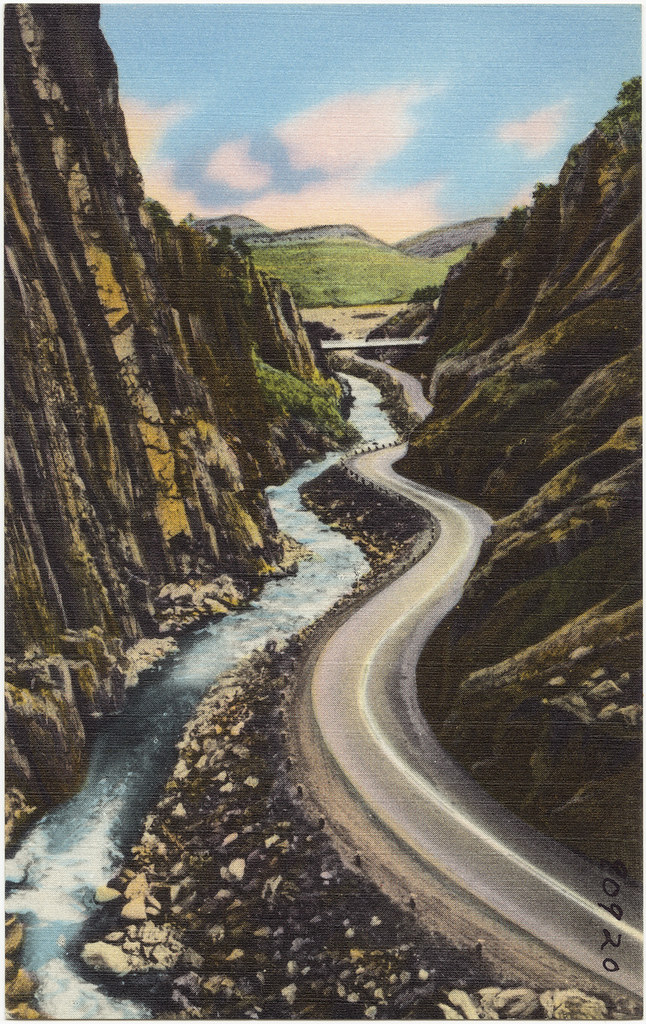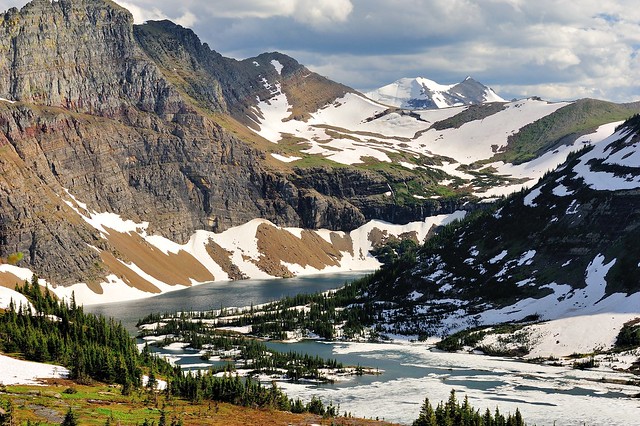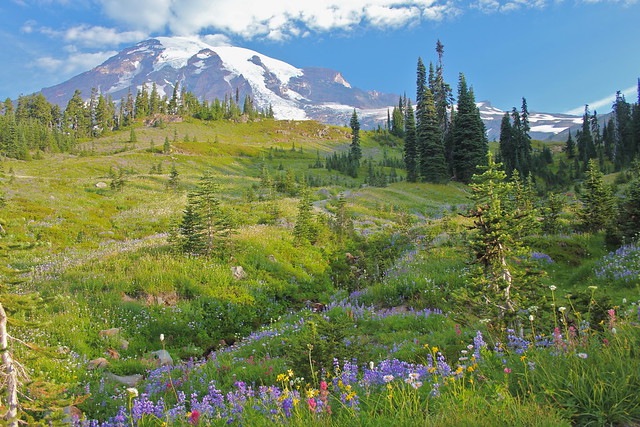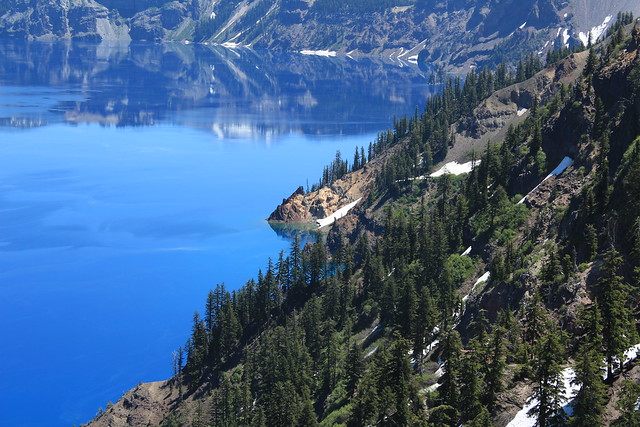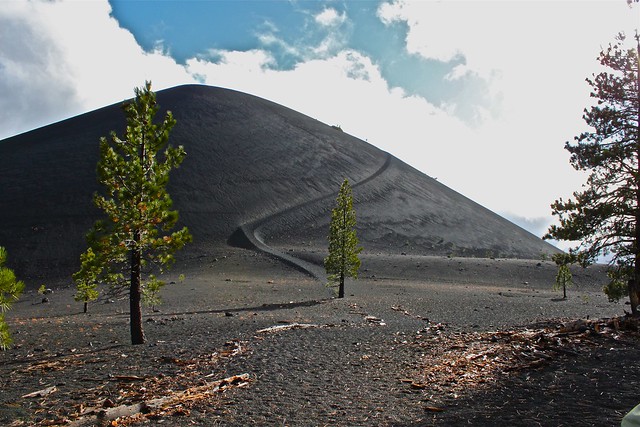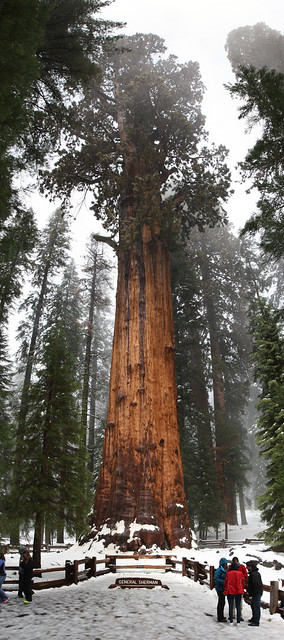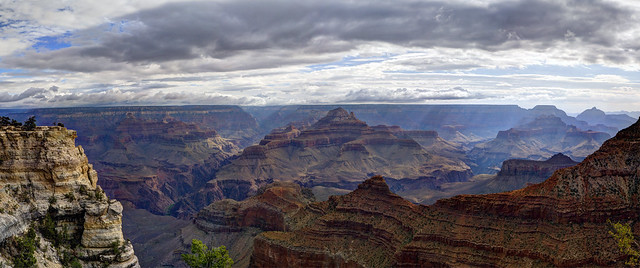 |
| Magazines swaps are just one of many great resources for free information about landscape architecture and garden design. |
When I first realized I was interested in landscape architecture, I wasn't sure where to start. For anyone interested in this subject, I've rounded up some of my favorite resources below to make the list I was hoping to find at the start of my journey. I hope it's helpful to someone out there!
1. Landscape Architecture Magazine (LAM) by ASLA
LAM tops the list as the most recommended reading material to me by practicing landscape architects. ASLA releases the magazine each month on the web and in print. You used to be able to read the magazine for free online, but now it looks like both the online and hard copy have a subscription rate. They do seem to be making one back issue available for free on their website. If you become a member of ASLA, a magazine subscription is included in your membership at no extra cost, but you don't have to be a member to purchase a magazine subscription. LAM and the ASLA website are also great places to find relevant books, and they run a blog called The Dirt.
2. The Cultural Landscape Foundation (TCLF)'s Pioneers Oral Histories
The TCLF is a great organization that I discovered through their Pioneers Oral Histories project. Each video about a legendary American landscape architect is a joy to watch, highly inspirational, and a wealth of information. Highly recommended.
3. The Library of American Landscape History's (LALH)
The LALH is another great resource for books and also has a magazine called View with some of the back issues available online for free. They also have a few films online accessible for free that are just as beautifully done as the TCLF's and absolutely worth watching.
4. "Frederick Law Olmsted: Designing America" film by PBS
Perhaps the first thing I ever learned about landscape architecture was who Frederick Law Olmsted was (through the well-written biography Genius of Place by Justin Martin). The TCLF and LALH both have stunning videos about Olmsted, but this PBS documentary approaches the subject in a slightly different way. The PBS website for the film also has further information about him.
 |
| My problem has evolved from not knowing what to read to not knowing what to read first. |
5. Google Books
I recently discovered there are a lot of older books about landscape architecture that Google has scanned and made available online (and downloadable). The one I'm currently reading is An Introduction to the Study of Landscape Design by Henry Vincent Hubbard and Theodora Kimball Hubbard (1917), but this seems to be just the tip of the iceberg of Google's book stash. I have found older technical texts to be of high quality so I wouldn't discount them based on age alone. Styles may change (which is actually interesting from a historical perspective), but I expect the design principles underlying them to remain relevant.
6. Other magazines
Garden Design
Garden Design is a delight for the senses. Their photos are large and richly colored and their sometimes heavier weight pages feel like an investment to be treasured. The magazine is only published quarterly, which only serves to heighten anticipation. Their website seems like a good introduction but inadequate replacement for the printed periodical, but there are a few excellent articles there. My absolute favorite is "Landscape Design Rules" by Rob Steiner. That one article taught me more about landscape design than any other source so far. I also like their page on garden styles.
Vogue
Style extends beyond the sartorial to gardens at Vogue, as more often than not each issue includes a garden-related article. Their website also has some garden-related content. One of my favorite finds on their website is "Miranda's Garden", a short film series that takes you behind the scenes of landscape architect Miranda Brook's work.
Architectural Digest
AD also seems to generally include a garden-related article in each issue. For example, this one. I especially like the older back issues of AD for their lengthy and in-depth pieces.
The New Yorker
To be honest, I sometimes don't even get the cartoons in the New Yorker, but a quick search for "landscape" on their website yields nearly 7500 results and among these are some gems that even I can comprehend. I recently enjoyed the videos of Joyce Carol Oates' garden and Bruce Davidson's search for nature in Los Angeles landscapes, and the articles about turning the lens on industrial landscapes and the Governor's Island project in New York.
These are just some of the widely circulated magazines that will run an article from time to time that may be of interest, and they are likely accessible for free through your local library.
7. Blogs -->
There are some seriously great bloggers out there. My "Following" list is a bit eclectic, and I'm sure it's incomplete, but there are several in there related to gardening and landscape architecture (some already mentioned above). Land8 is a community of landscape architects I recently discovered, and has a blog and a resource page worth checking out.
8. Local and regional resources
Wherever you live, there are probably local or regional organizations doing interesting things that you can either become a part of or read about somewhere. One that I really like is the California Garden & Landscape History Society for the "Resources" tab on their website, which is something anyone can benefit from regardless of how near or far away California is.
 |
| A quick round-up of some of the literature either read or in the reading queue around the house. |
Basically what I try to do is keep an eye out wherever I go, online or off. From National Geographic to Harper's Baazar, you never know what lies between the covers unless you look. Library and other book sales have been a treasure trove of relevant literature at bargain prices. Book and magazine swaps have also proven useful. I find a lot of free back issues of Architectural Digest and even LAM through magazine swaps, and have also left many behind for the taking.
I didn't really get into books with this list. There are sooo many great books out there that in the future I hope to do more posts specifically about books. While some landscape architecture books may be available at your local library for free, many may not. I've already come across several great books on the subject not in my local library's collection. I have found several books for under $5 shipped online, so it's definitely worth keeping an eye out.
Did I leave out something great? What are you reading right now? What are your favorite books, magazines, websites related to landscape?

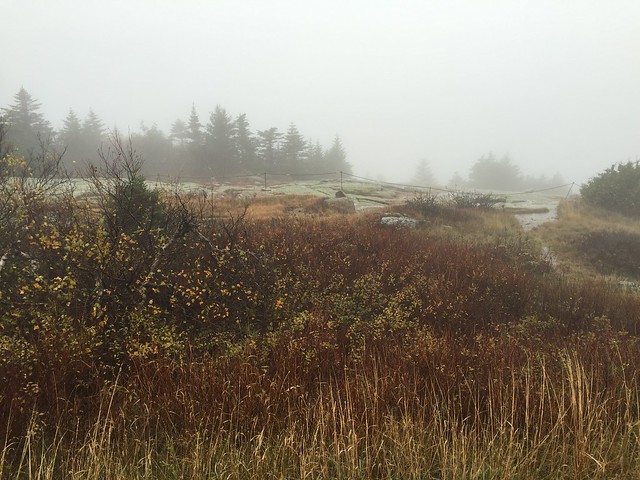

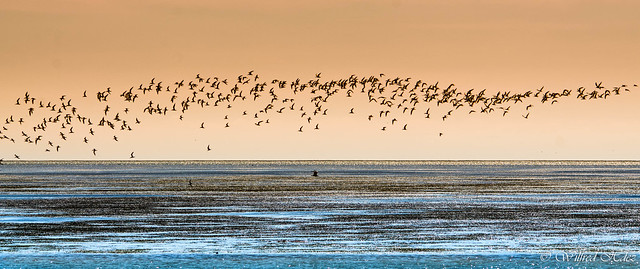







.jpg)

